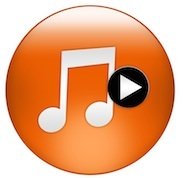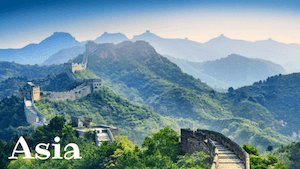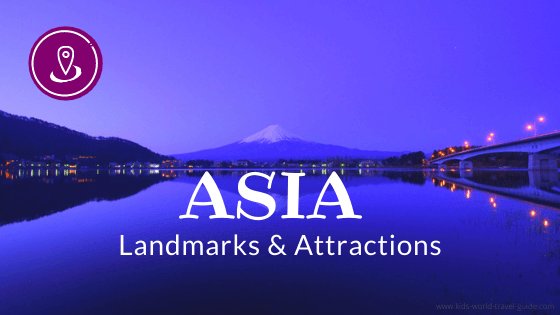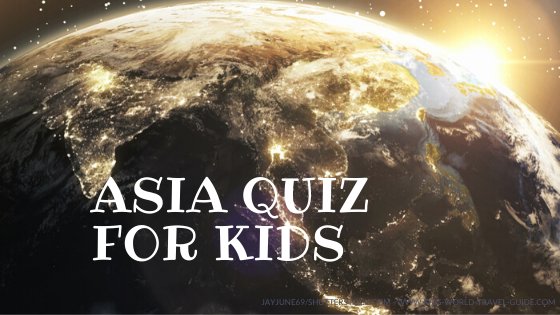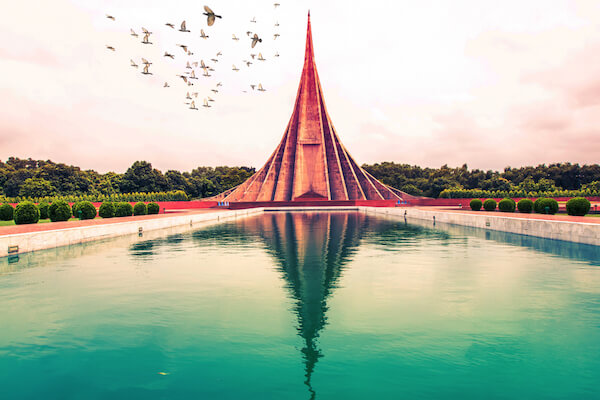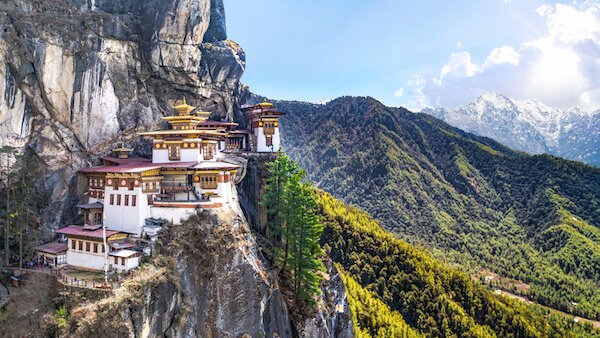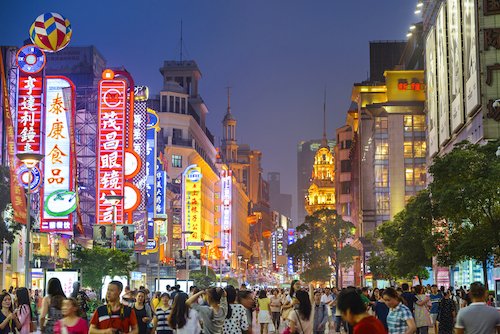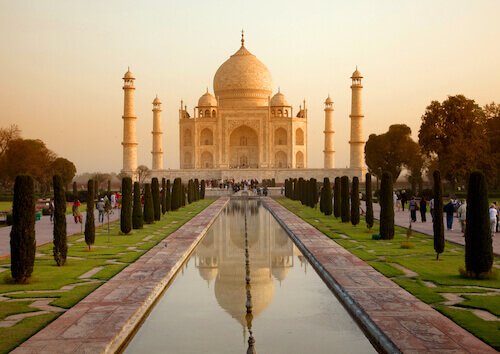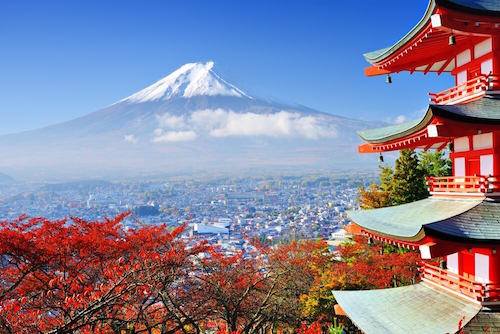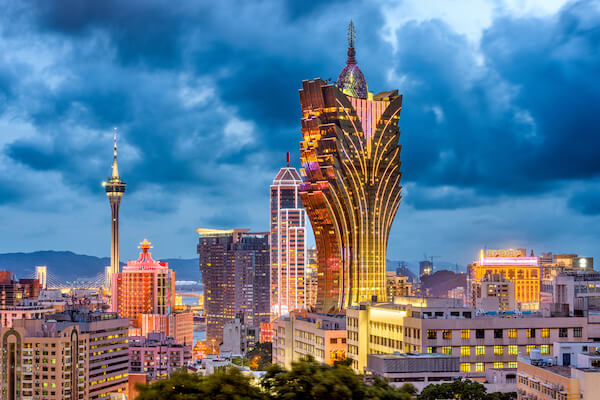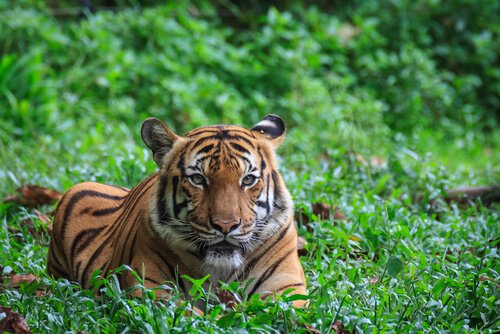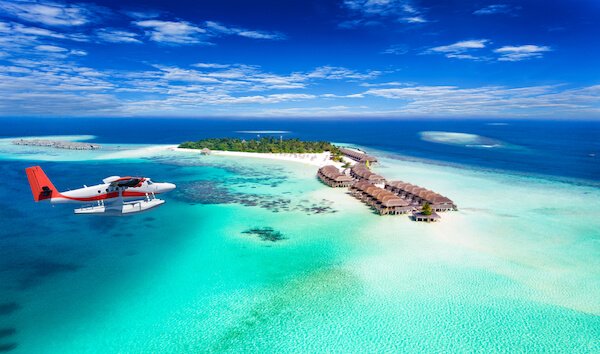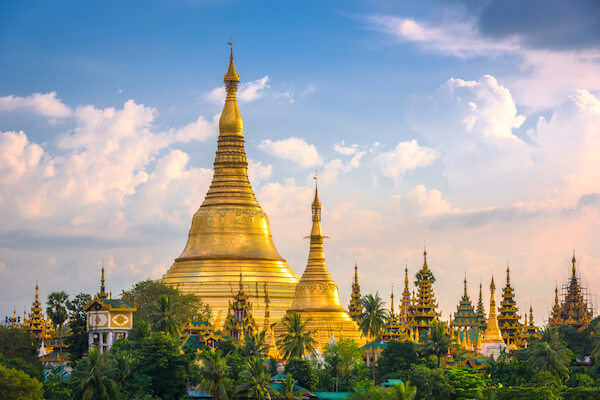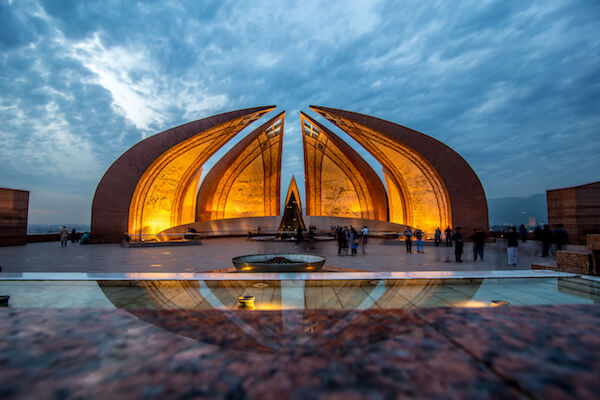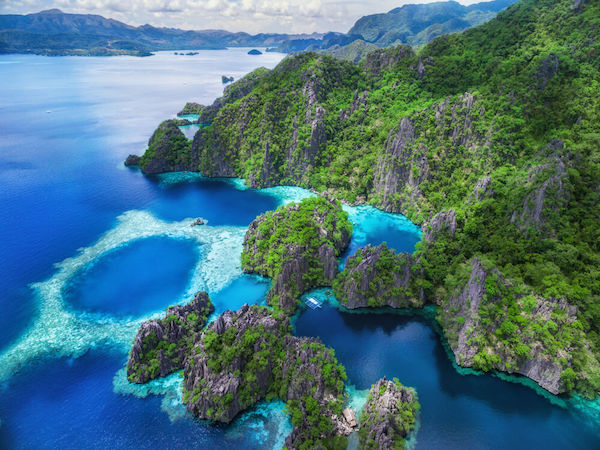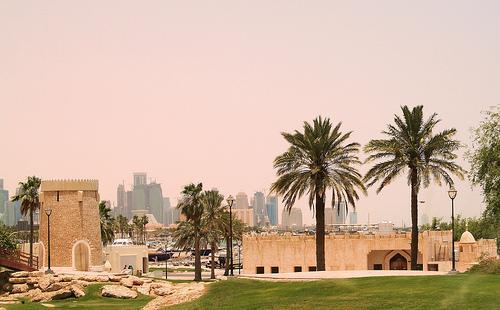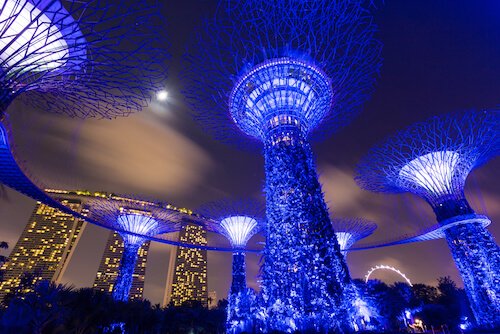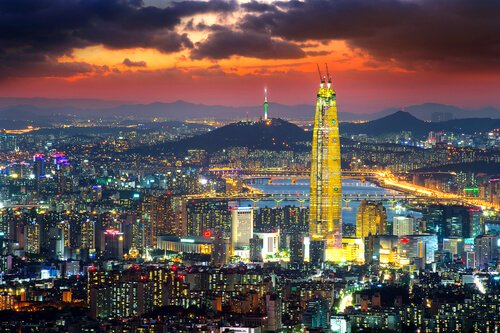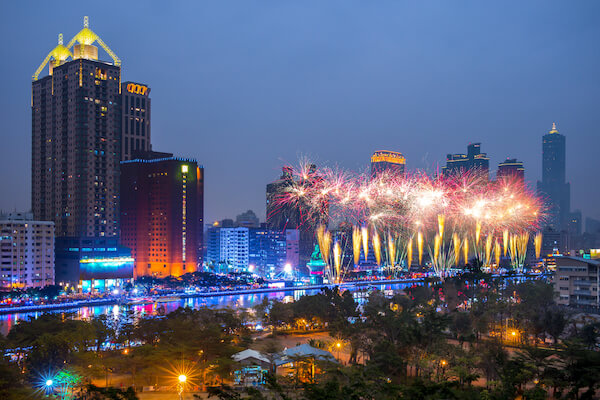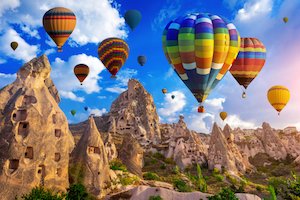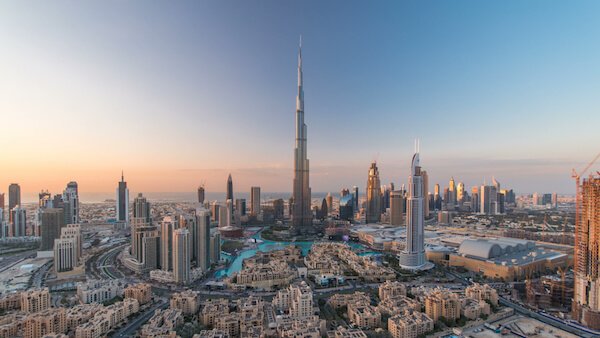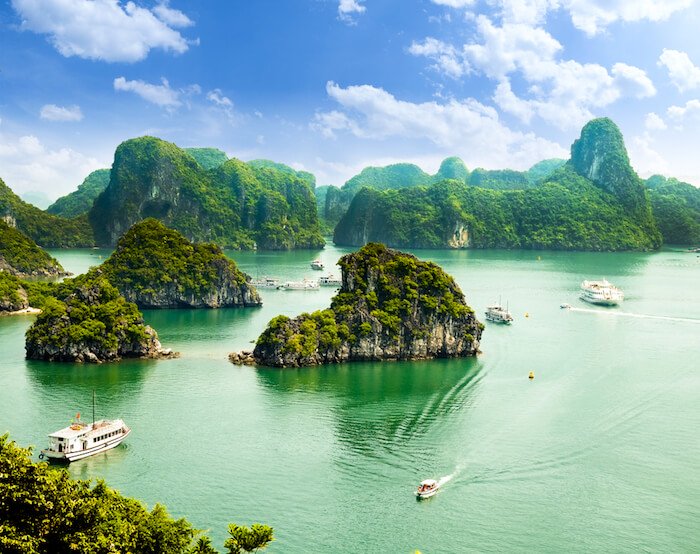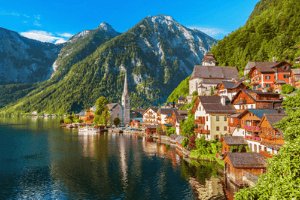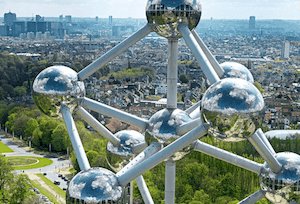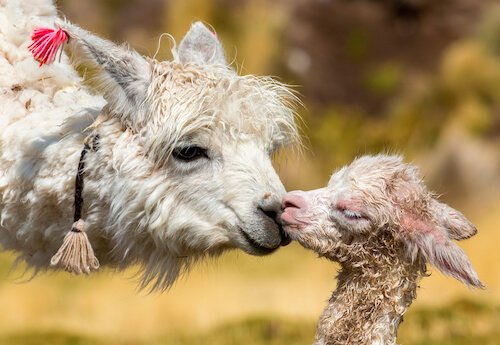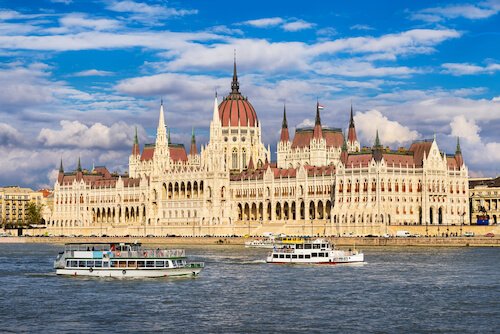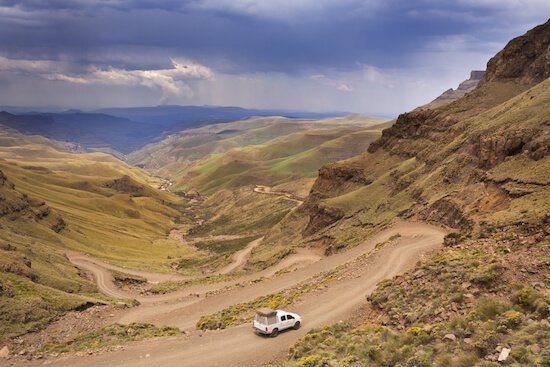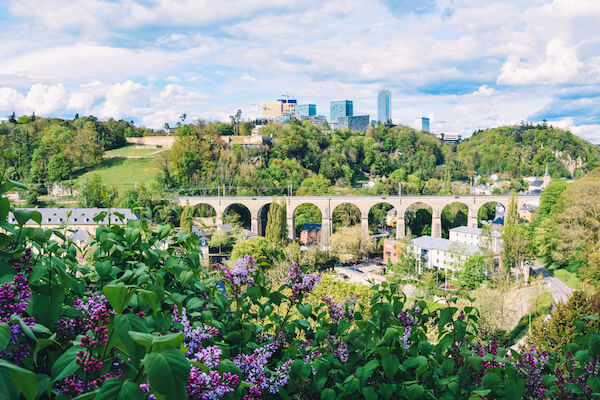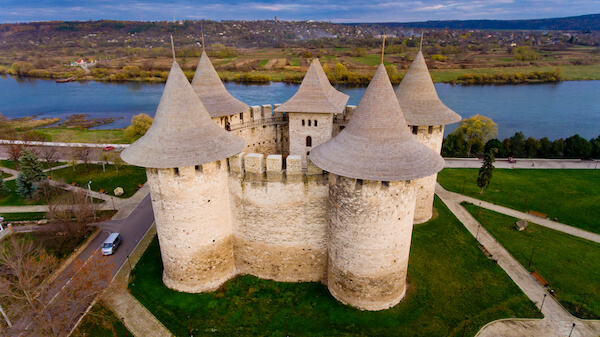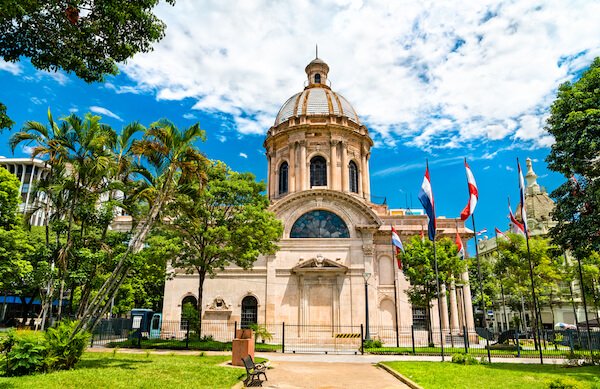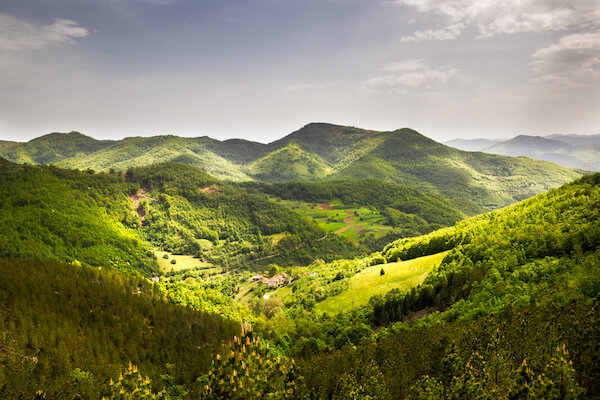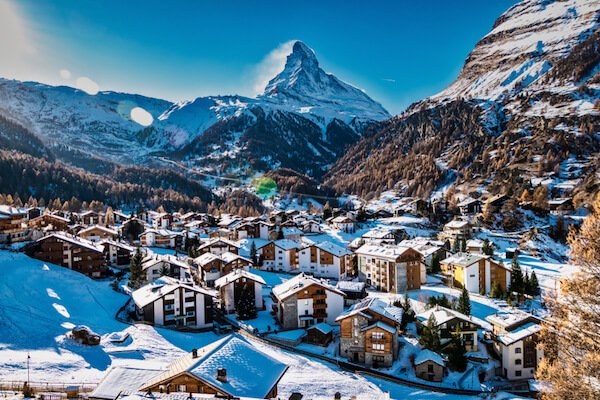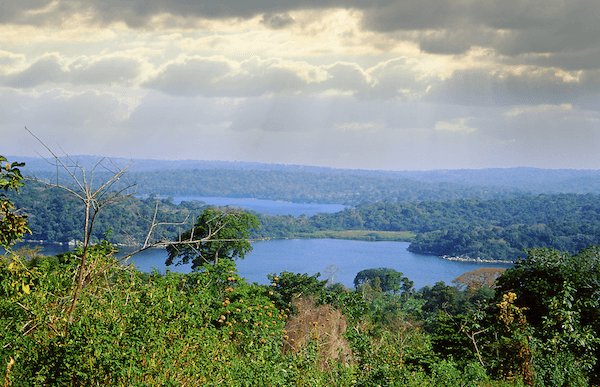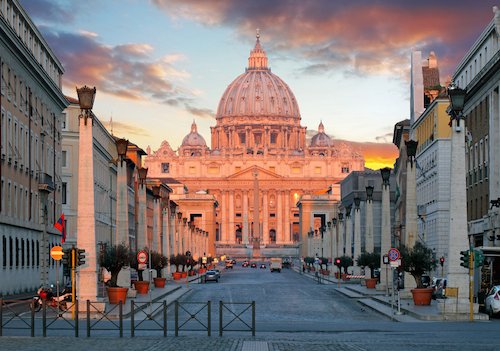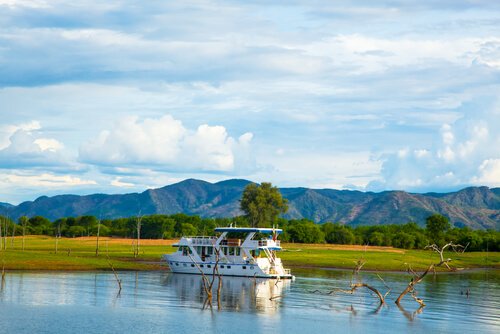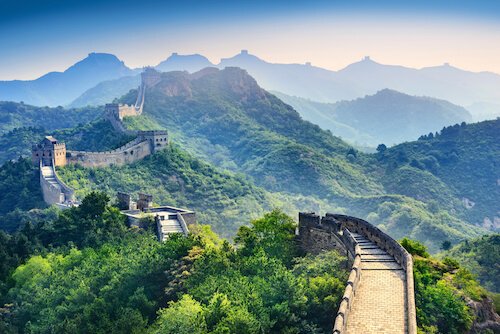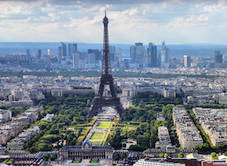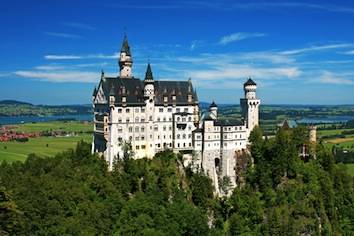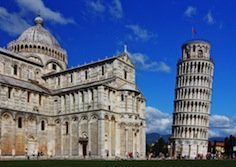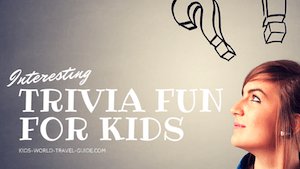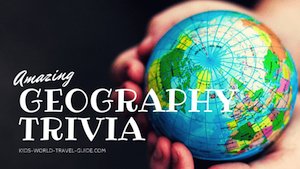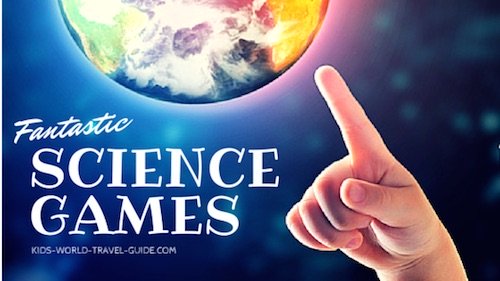- Homepage
- Nepal
Nepal Facts
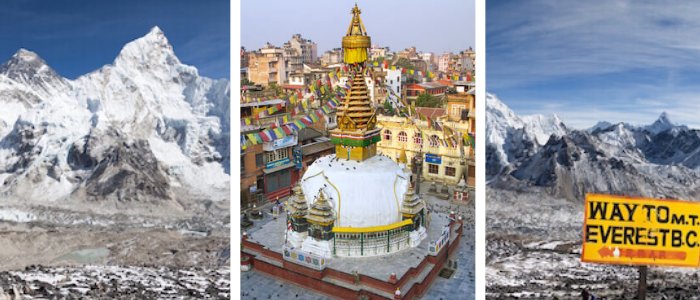 Nepal Facts: Impressions of Everest - Kathmandu - Himalayas
Nepal Facts: Impressions of Everest - Kathmandu - HimalayasNepal Facts for Kids
Here are some interesting Nepal facts which were chosen and researched by kids especially for kids.
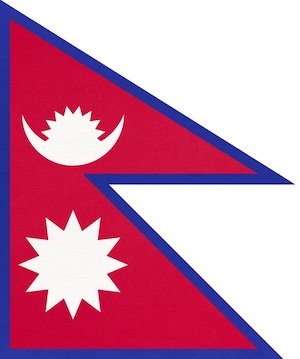 Nepal Flag
Nepal Flag- Continent: Asia
- Name: Federal Democratic Republic of Nepal
- Population: About 30 million people (2025)
- Capital: Kathmandu with about 1.5 million inhabitants
- Motto: 'Mother and Motherland are greater than Heaven'
- Government: Federal democratic republic
- Language: Nepali
- Religion: mainly Hinduism (81%)
- Currency: 1 Nepalese or Nepali rupee equals 100 paisa
- History: Nepal was a kingdom for almost 250 years and ruled by a Shah king. The first king was Prithvi Narayan Shah in 1768. Several small kingdoms existed in the area before. The monarchy ended in 2008. Gyanendra, former king of Nepal is regarded as the last Hindu king that ruled in the world. Nepal was never colonised by any foreign country.
- National Symbols: cow (national animal), rhododendron blossom (national flower)
- National Colour: crimson red
- National Anthem: 'Hundreds of Flowers'
- National Day: 20 September is a public holiday (Constitution Day)
- President: Ram Chandra Poudel (since March 2023)
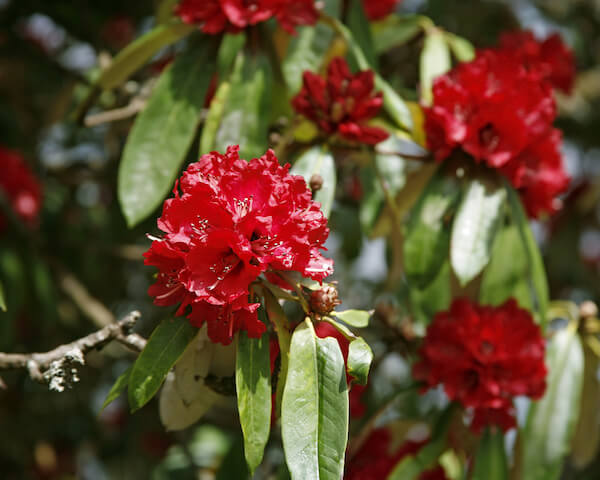 Rhododendron tree in Nepal
Rhododendron tree in NepalFun Geo Facts about Nepal
Nepal is located on the Asian continent.
The South Asian country is landlocked and borders two countries: China to the North and India to the East, South and West. The longer border is between Nepal and India.
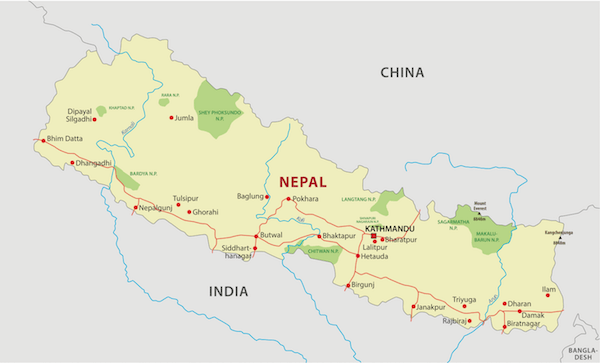 Nepal map
Nepal mapNepal is the largest country in the Himalayas and about the size of the state of New York/ USA, about half the size of Ecuador in South America and quite a bit bigger than the three European countries Austria, Liechtenstein and Switzerland combined.
Compared to other countries in Asia, however, the country is quite small as it measures just about 800 km/ 500 miles from east to west. From North to South the smallest distance only measures about 150 km/ 93 miles.
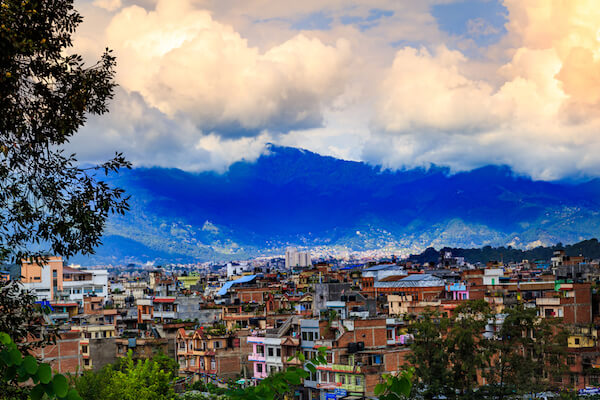 Kathmandu is the capital city of Nepal
Kathmandu is the capital city of NepalThe name of the country originates from Hindu story that referred to a wise man called Ne and the region in the Himalayas that was protected by Ne was then called Nepal.
Nepal enjoys mainly a temperate climate. The landscape is dominated by the Himalayan mountains in the north, alpine pastures, fertile valleys and temperate forests in the middle hill region and the Tarai plains in the south.
To reach Nepal it takes a 13-hours flight to Kathmandu from London/UK or a 2-hours flight from Delhi/India. The shortest flights from the USA go via Dubai, Doha or Abu Dhabi and still take at least 21 hours!
Facts about Nepal
Nepal Geography Superlatives
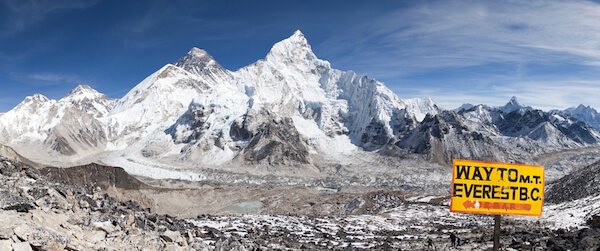 Mount Everest and Khumbu Glacier
Mount Everest and Khumbu Glacier- Nepal is known to have the widest range of elevations in the world. The lowest parts of the country are in the Terai plains at an elevation of 59 m/ 194 ft. above sea level and the highest peak is Mount Everest, the world's highest mountain.
- Nepal's highest mountain is Mount Everest, the world's highest peak, with 8,848 m or 29,028 ft. Mount Everest is named after Sir George Everest. In the Nepali language the mountain is called Sagarmatha which means 'Forehead of the Sky' and by the local Sherpas the mountain is referred to as Chomolungma which means 'Goddess Mother of the World'
- Eight of the world's fourteen highest peaks above 8,000 m/ 26,246 ft. are located in Nepal: Mount Everest, Kanchenjunga, Lhotse, Makalu, Cho Oyu, Dhaulagiri, Manaslu and Annapurna.
- The Kochi river is the highest and longest river in Nepal with 720 km/ 450 miles.
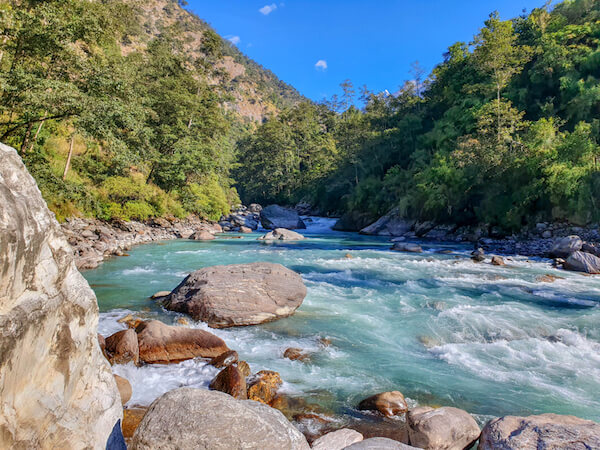 Kochi river in Nepal
Kochi river in Nepal- The Plains in the Dhanusha District are now considered to have some of the lowest points of the country with only 59 m/ 194 ft.
- The highest lake is Tilicho at 4 800 metres/ 15 748 ft.
- Nepal has over 6 000 rivers that are either fed by snow or rain and thus the country is also referred to the 'water towers' of South Asia.
Nepal Facts:
Landmarks and Attractions
- Kathmandu: the capital city is known for the huge stupa in the city's old town centre. The Hindu stupa is decorated with prayer flag and spots Buddha eyes. Due to the almost 2,700 temples in the Kathmandu Valley, the city is often referred to as the 'City of Temples'.
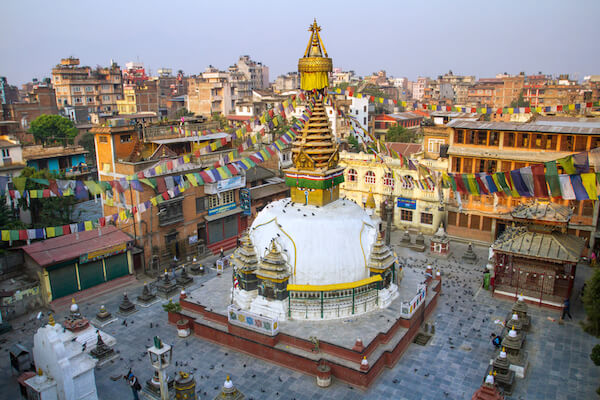 Kathesimbustupa in Kathmandu
Kathesimbustupa in Kathmandu- Lumbini: This town is said to be birthplace of Buddha Siddhartha Gautama who was born here in 623. See the Maya Devi Temple in the image below.
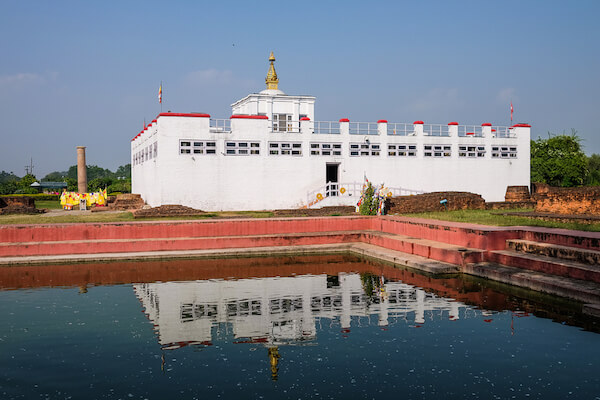 Lumbini
Lumbini- Bhaktapur: Here you can visit Changu Narayan which is the oldest temple in Nepal. The temple dates back to 464 AD and is a UNESCO World Heritage site.
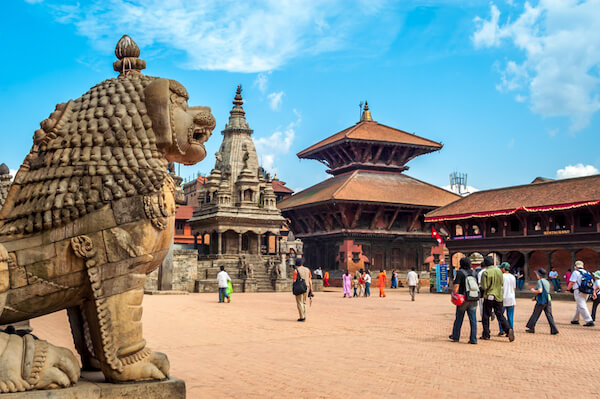 Bhaktapur Durbar Square and the Royal Palace
Bhaktapur Durbar Square and the Royal PalaceNepal Economy
Nepal is one of the poorest and least developed countries in the world. Many people live in poor conditions and especially young people try to find better life in other countries. About 1 in 4 Nepali live below the poverty line.
The country in the Himalayas frequently experiences earthquakes. The latest major earthquakes in 2022 and 2015 destroyed many old temples, buildings and monuments and killed many people in the respective districts. In 2025 there were severe earthquakes in the region north of Mount Everest of magnitudes above 5.
The economy in Nepal is mainly driven by agriculture, the textile industry and tourism. Rice is grown in Nepal in the fertile valleys.
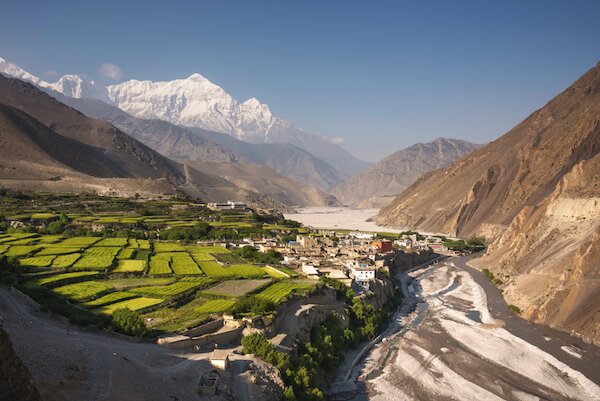 Rice fields near Kagbeni village in Nepal
Rice fields near Kagbeni village in NepalIndia, China and the USA are the main trading partners.
Nepal is known as third biggest producer of ginger after India and China.
In Nepal most energy is produced by hydroelectric plants and Nepal is also called the 'Water Tower of South Asia' due to its snowcapped mountain peaks, glaciers and rivers originating in the Himalayas.
Nepal Facts | Nepali People
There are 142 different ethnic groups and 125 different local languages are spoken in Nepal.
The Nepali are known as very welcoming people who are friendly and open towards visitors.
Religion plays an important part in the life of most Nepalis. The vast majority of the Nepali people are Hindus (80%) or Buddhists (over 15%). Nepal is the only country in the world where Hinduism was the official religion (until 2006).
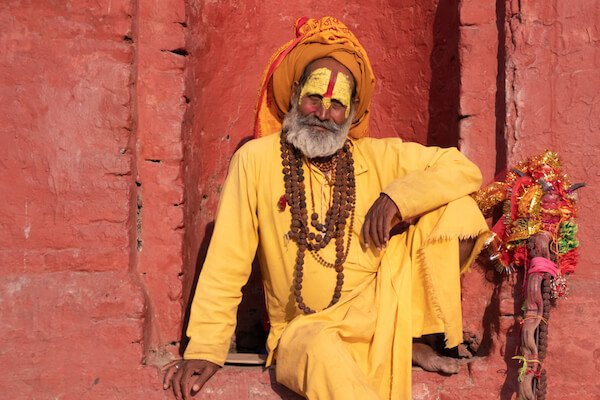 Hindu man dressed in traditional clothes
Hindu man dressed in traditional clothesThe 'Namaste' gesture is the common greeting and handshakes are rarely given. For the Nepali greeting put your palms together and bow your head saying "Namaste". 'Namaste' means ‘Salute to the God in you’.
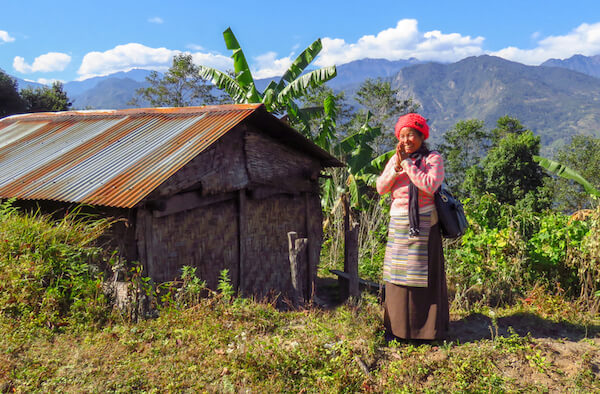 Nepali woman greeting visitors
Nepali woman greeting visitorsNepali ethnic people living in the Kathmandu valley are called Newars. Originally farmers and traders, they celebrate unique traditional and festivals.
The Sherpa people live mainly in the eastern and mountainous regions of Nepal. They are known for their excellent climbing skills and often work in the trekking and mountaineering industries.
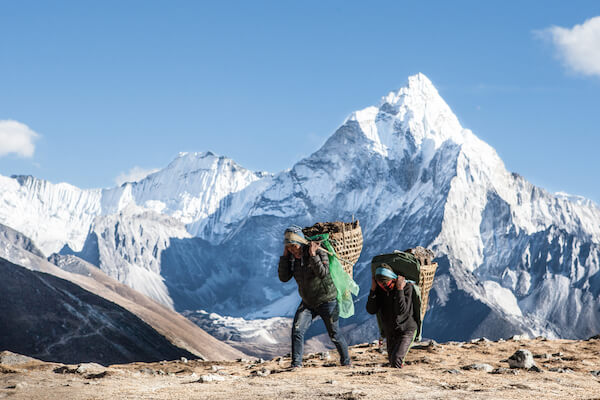 Sherpa people in the Himalayas
Sherpa people in the HimalayasNew Year's Day is celebrated in Nepal according to the Nepali Calendar in April. The Nepali calendar is called Bikram Sambat and New Year's Day 'Nava Varsha' is an official holiday.
In 2026, the Nepali New Year's Day will be celebrated on 14 April. The Nepali count differently and currently we have the Nepali year of 2081! The Nepali calendar is 56.7 years ahead of our Gregorian calendar.
Languages in Nepal
Nepali Language
The official language Nepali is spoken by about half the population, while is Maithili is spoken by many and learned as the second language. Nepali is spoken as mother language by almost half of all Nepali people. English is taught and spoken by many people as a foreign language.
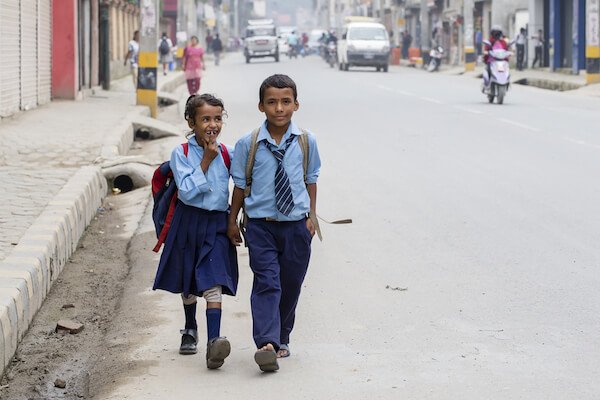 School children in Nepal
School children in NepalThe different ethnic groups also have their own languages, among them are Maithili, Bhojpuri and Tharu which are the other most spoken mother tongues. There are 125 languages spoken in Nepal as mother tongue!
Nepali is written in the Devanagari script.
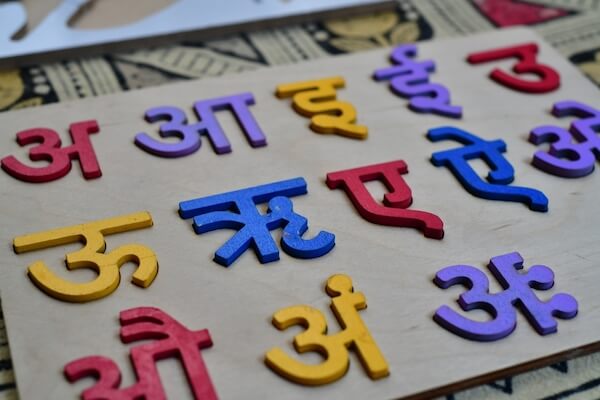 Devanagari letters
Devanagari lettersDevanagari is also used to write the Hindi and mainly used in the Indian subcontinent. Devanagari is written left to right and has 47 main characters.
Nepal Facts
Food in Nepal
Nepali food uses similar spices as the Indian cuisine such as cumin and coriander but is less spicy than Indian food. and some ingredients that are also used in Chinese cuisine such as bamboo shoots.
Many Nepali dishes are vegetarian and do not use meat. Meat dishes are made with chicken, pork, mutton and water buffalo as cows are not slaughtered as they are considered sacred animals in Nepal.
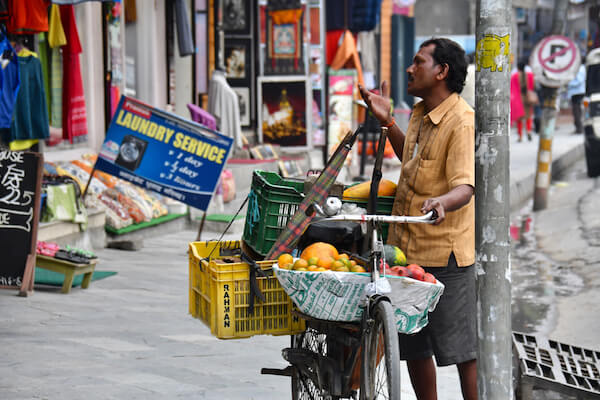 Streetlife in Pokhara - image by Meeh
Streetlife in Pokhara - image by MeehPotatoes (aloo), roti (flatbreads) and dhedo (stiff boiled flour porridge) are common staple foods in Nepal. Another Nepali staple food is rice which is eaten with every meal.
Here are some typical Nepali dishes and traditional Nepali food:
- Daal bhat: rice dish with lentil stew. 'Daal' means lentils and 'bhat' means boiled rice.
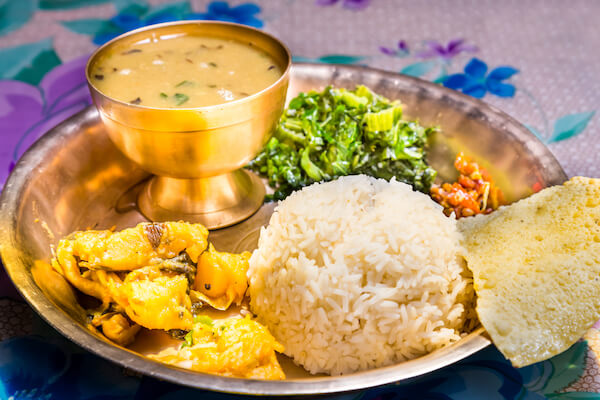 Daal bhat
Daal bhat- Chatamari: the thin pancake is a common snack and looks similar to a small thin pizza. Chatamari is made with rice flour and topped with chopped onions and vegetables, minced meat, egg and different spices.
- Momos: steamed dumplings filled with minced meat, onions, garlic, ginger, cabbage and spices. Served with a spicy sauce called achar. Momos are a popular fast food or street food.
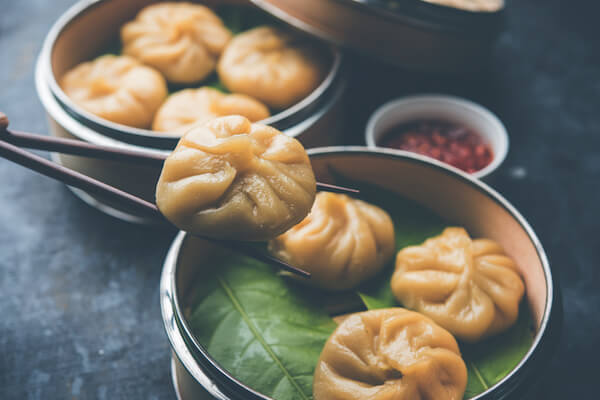 Nepali momos with achar sauce
Nepali momos with achar sauce- Pustakari: sugary sweets made with coconut, dates and peanuts
- Sel Roti: similar to a doughnut, but in a thinner ring shape - usually served during festivals and celebrations
- Aloo Tama: potato stew with bamboo shoots
- Gundruk: green leafy vegetables that are pickled and served as accompaniment with many curries
Nepalis tend to eat two main meals, the morning meal at around seven o’clock and another meal in the evening meal around seven or eight o’clock.
Nepal Animals
Cows are considered sacred in Nepal. They can be seen wandering in the streets everywhere. It is illegal to slaughter cows in Nepal.
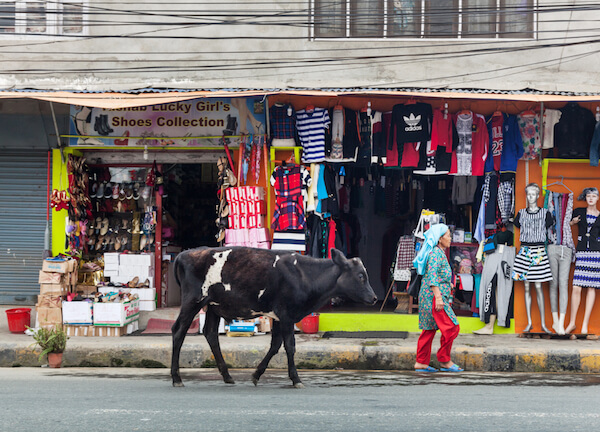 Cow in Kathmandu - image by Mark Benham
Cow in Kathmandu - image by Mark BenhamThe spotted deer and Himalayan tahr can often be seen in the wild.
There are 26 protected mammal species in Nepal. Snow leopard, red panda and bengal tiger are among the endangered animals.
Yaks are commonly used for transporting goods in the Himalayas.
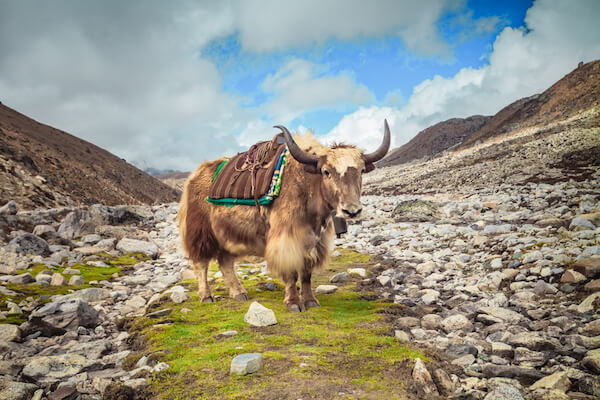 Yak at Mount Everest Base Camp
Yak at Mount Everest Base CampNepal Facts: Did you know…?
Nepal has the only national flag in the world that is not rectangular or square!
Nepal Facts
Resources and Further Reading
Source for Nepal Facts page:
- Central Intelligence Agency. "World Fact Book: Nepal." Cia.gov. Updated 1 October 2025. Last accessed 10 October 2025
- Nepal Tourism Board. "Nepal: Food & Culinary". Discover Nepal. Last accessed 10 October 2025
- National EarthQuake Monitoring and Research Centre. "Earthquakes." seismonepal.gov.np. Last accessed 10 October 2025
Image Credits on Nepal Facts: shutterstock.com and wikicommons, if not otherwise stated.
We hope you enjoyed reading our Nepal Facts. Please bookmark this page and spread the word. We will add more information in the near future as we still have to sort through our images and stories from our recent travels.
More about Countries and Territories in Asia
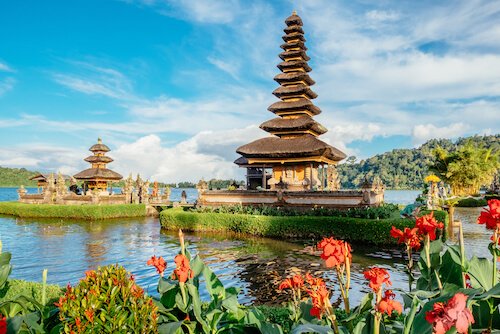 Indonesia
Indonesia Nepal
Nepal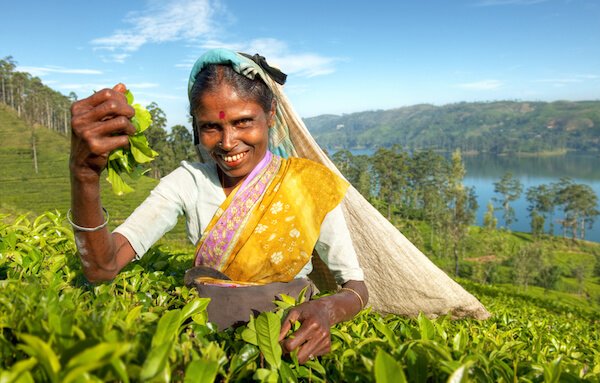 Sri Lanka
Sri Lanka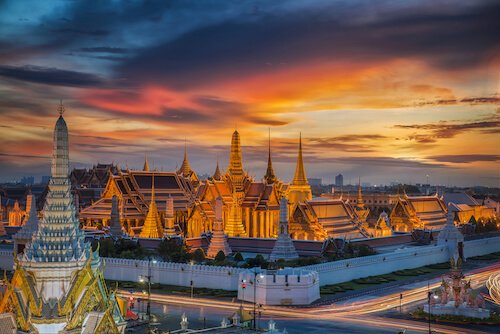 Thailand
ThailandLandlocked Countries
Like what you read?

|
Simply share the html code below. Copy and paste onto your website, blog or Facebook page: <a href="https://www.kids-world-travel-guide.com/nepal-facts.html">Kids World Travel Guide: Nepal Facts for Kids</a> |
